Medicine, Chemistry, Economics NIH Grantees Awarded 2021 Nobels
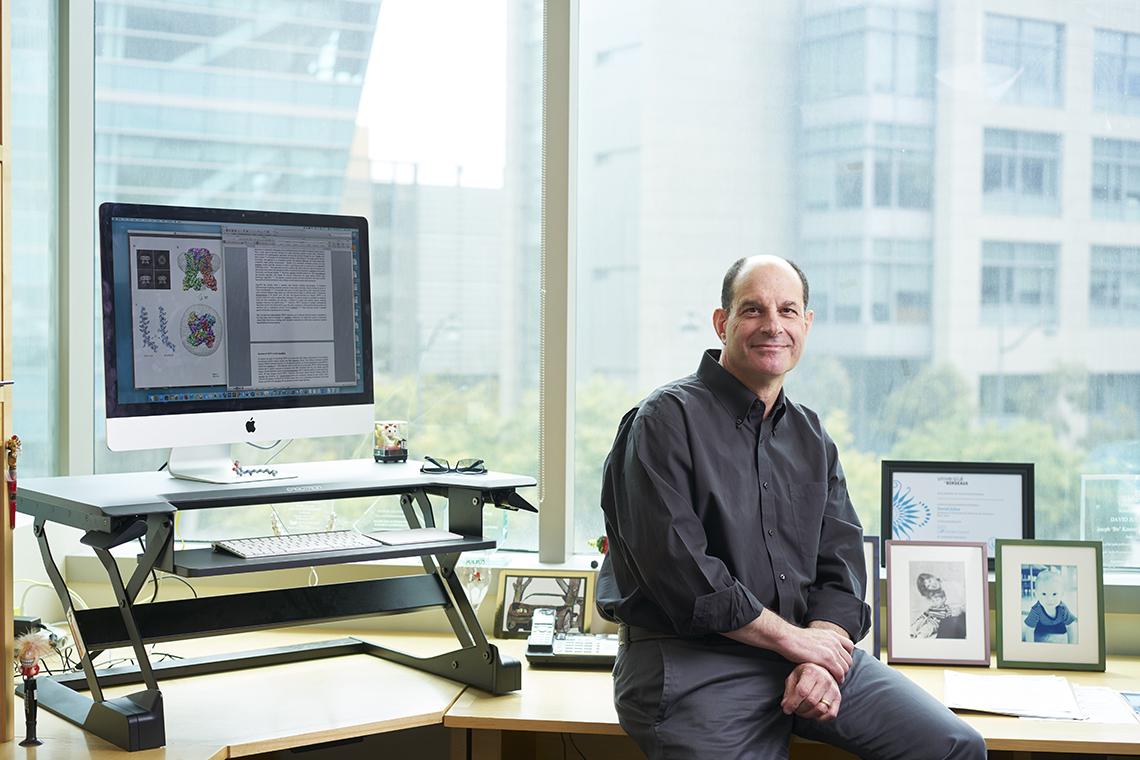
The 2021 Nobel Prize in Physiology or Medicine was awarded jointly to two current NIH grantees Dr. David Julius and Dr. Ardem Patapoutian “for their discoveries of receptors for temperature and touch.” The 2021 Nobel Prize in Chemistry was awarded jointly to Dr. Benjamin List and current NIH grantee Dr. David W.C. MacMillan “for the development of asymmetric organocatalysis.”
Julius, professor and chair of the department of physiology and Morris Herzstein chair in molecular biology and medicine at the University of California, San Francisco, has received continuous NIH funding since 1990, primarily from NINDS and NIGMS.
Patapoutian, professor and Howard Hughes Medical Institute investigator in the department of neuroscience at Scripps Research, La Jolla, Calif., has received continuous funding since 2002, primarily from NINDS, NIDCR, and some funding recently from NHLBI.
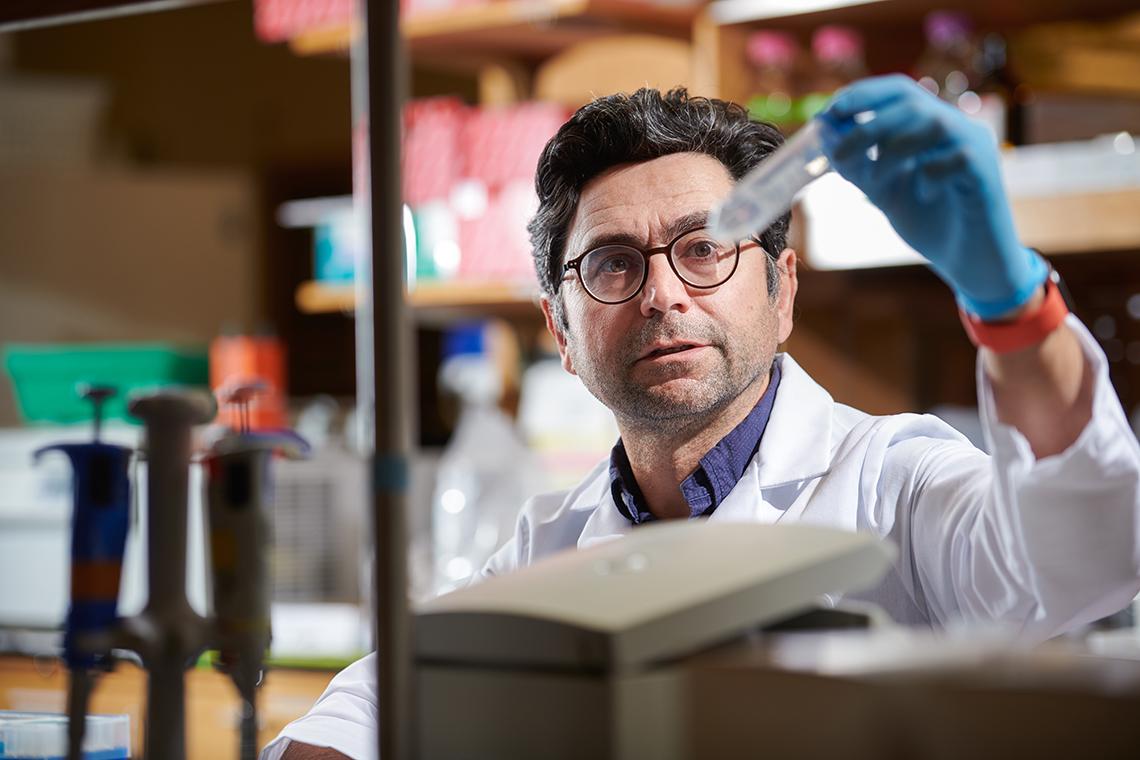
MacMillan, the James S. McDonnell distinguished university professor of chemistry at Princeton University, has received continuous funding from NIGMS since 2000.
Although not a current grantee, List of the Max-Planck-Institut für Kohlenforschung is not unknown to NIH. He received one grant from NIGMS in 2002 (while at Scripps Research Institute).
“Our ability to sense heat, cold and touch is essential for survival and underpins our interaction with the world around us,” said the Nobel Assembly at the Karolinska Institutet, announcing the award in physiology or medicine on Oct. 4. “In our daily lives we take these sensations for granted, but how are nerve impulses initiated so that temperature and pressure can be perceived? This question has been solved by this year’s Nobel Prize laureates.”
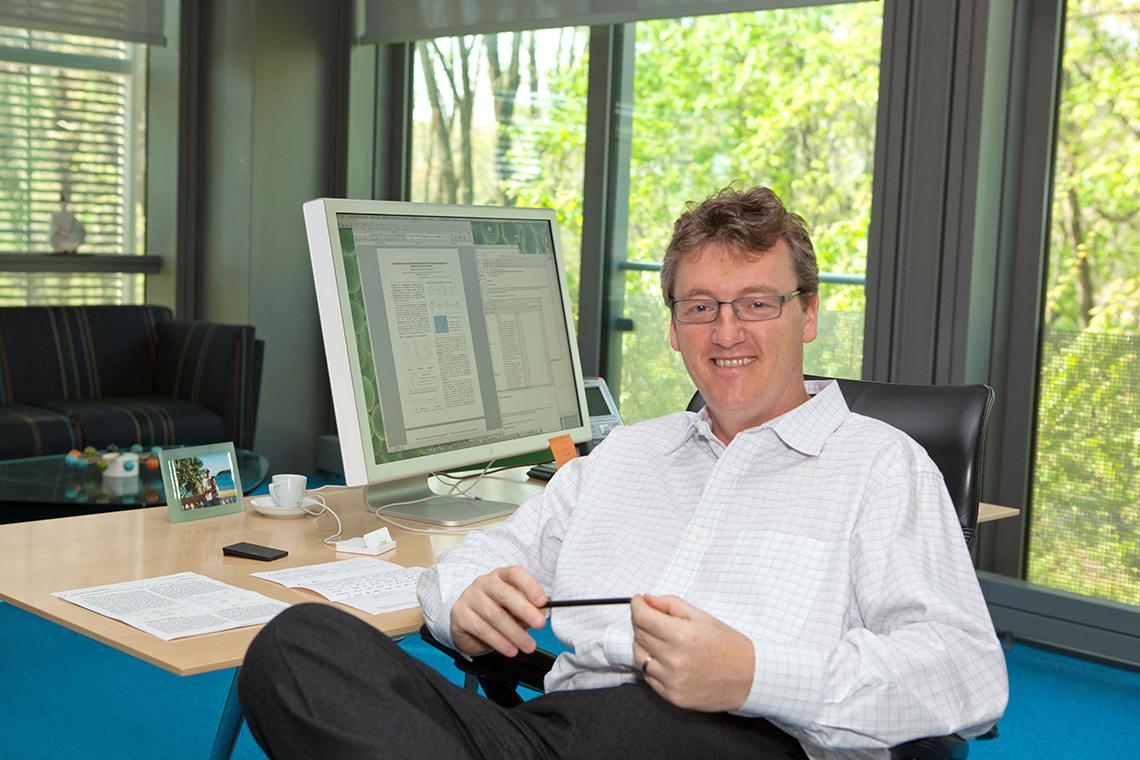
Photo: PRINCETON UNIVERSITY, OFFICE OF COMMUNICATIONS, DENISE APPLEWHITE
Julius used capsaicin, a pungent compound from chili peppers that induces a burning sensation, to identify a sensor in the nerve endings of the skin that responds to heat, the announcement explained. “Patapoutian used pressure-sensitive cells to discover a novel class of sensors that respond to mechanical stimuli in the skin and internal organs. These breakthrough discoveries launched intense research activities leading to a rapid increase in our understanding of how our nervous system senses heat, cold and mechanical stimuli.
“The laureates identified critical missing links in our understanding of the complex interplay between our senses and the environment.”
In the chemistry prize announcement on Oct. 6, the Royal Swedish Academy of Sciences explained “researchers long believed that there were, in principle, just two types of catalysts available: metals and enzymes…[List and MacMillan] are awarded…because in 2000 they, independent of each other, developed a third type of catalysis. It is called asymmetric organocatalysis and builds upon small organic molecules.”
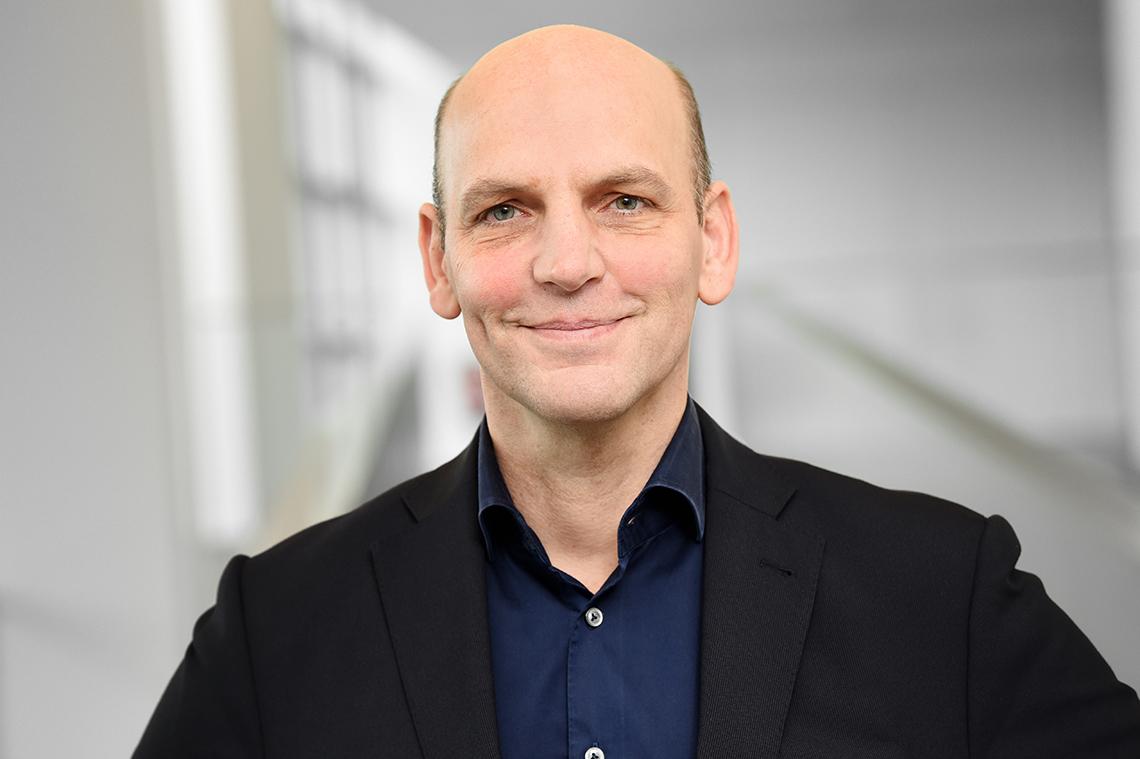
Photo: FRANK VINKEN FÜR MPI FÜR KOHLENFORSCHUNG
“This concept for catalysis is as simple as it is ingenious, and the fact is that many people have wondered why we didn’t think of it earlier,” said Dr. Johan Åqvist, chair of the Nobel committee for chemistry.
On Oct. 11, Dr. David Card was awarded half of the Sveriges Riksbank Prize in Economic Sciences in Memory of Alfred Nobel for “empirical contributions to labour economics”; the other half went jointly to Dr. Joshua Angrist and Dr. Guido Imbens “for their methodological contributions to the analysis of causal relationships.”

Photo: Brittany Hosea-Small
A labor economist and professor of economics at the University of California, Berkley, Card has received funding from NIA and NICHD over the course of nearly three decades from 1995 to 2021. Angrist, a labor economist and the Ford professor of economics at Massachusetts Institute of Technology, received grants awarded by NICHD from 2004 to 2006.
The Nobel announcement said, “This year’s laureates…have provided us with new insights about the labour market and shown what conclusions about cause and effect can be drawn from natural experiments. Their approach has spread to other fields and revolutionised empirical research.”
According to Dr. Peter Fredriksson, chair of the economic sciences prize committee, “Card’s studies of core questions for society and Angrist and Imbens’ methodological contributions have shown that natural experiments are a rich source of knowledge. Their research has substantially improved our ability to answer key causal questions, which has been of great benefit to society.”
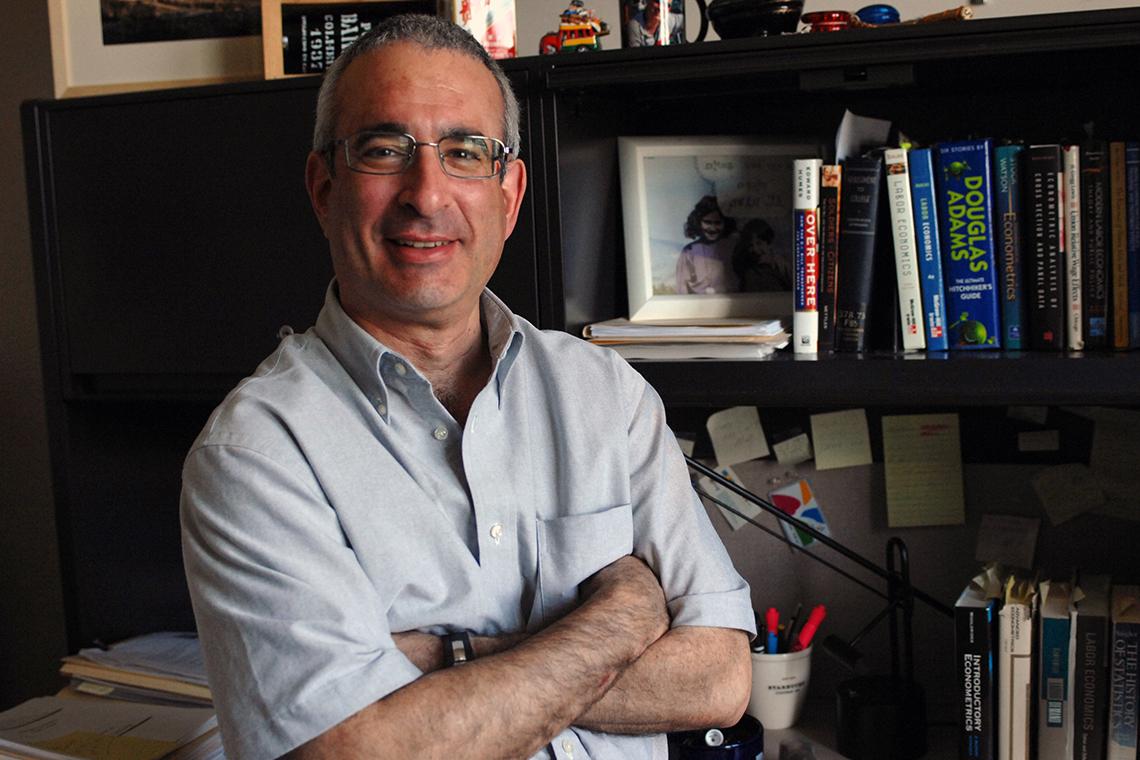
Photo: MIT DEPARTMENT OF ECONOMICS
Dozens of NIH-supported scientists from around the world have received Nobel Prizes for their groundbreaking achievements in physiology or medicine; chemistry; physics; and economic sciences.
To date, 168 NIH-supported researchers have been sole or shared recipients of 99 Nobel Prizes. Among these are individuals who have served as NIH staff scientists.
